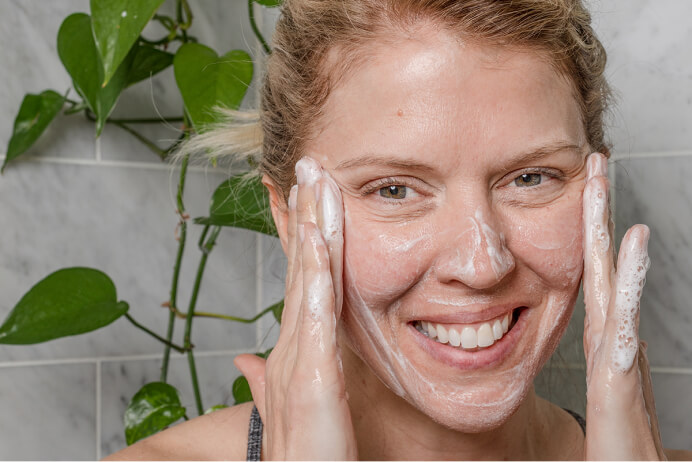

- #Skin cell turnover rate by age manual#
- #Skin cell turnover rate by age skin#
- #Skin cell turnover rate by age full#
- #Skin cell turnover rate by age plus#
Because microdermabrasion is less aggressive, it’s also less effective and less expensive. You can purchase a low grade microdermabrasion tool for home use although many estheticians have in-office machines that are more effective. Microdermabrasion is a similar concept to dermabrasion, but is less invasive. It is successful for removing acne scars, dull skin, and even some fine lines and wrinkles.
#Skin cell turnover rate by age skin#
It involves using a tool that rotates rapidly to slough off dead skin and more.
#Skin cell turnover rate by age manual#
Your skin looks fresh almost instantly.ĭermabrasion is a manual exfoliation process that is usually done under the supervision of a doctor as anesthetic is commonly used. Using a manual exfoliant at home is a great way to start the process of cellular turnover. Microplastics were once used in these products, but they were banned in 2015. They have a grainy texture and can contain sugar, salt, charcoal, coffee grounds and other abrasive and generally natural ingredients. These can be an exfoliating cleanser, a separate scrub, or a mask. Physical exfoliation is when you scrub away the top layers of cells using a mildly abrasive product or a device. You can do this using physical products such as scrubs, or chemical products. The most effective way is through exfoliation. Good skincare habits using good products can increase cellular turnover. When that cycle slows down, the accumulation of dead skin cells causes them to get trapped in our pores and stretches them out. One of the reasons is due to cellular turnover. The slowing of your cellular turnover cycles is a big factor because the buildup of dead skin cells makes those lines appear deeper and more pronounced.Īs we age, our pores can appear larger. This causes your complexion to look uneven and dull.Ī lot of factors contribute to the appearance of wrinkles. Light reflects off of dry skin differently than it does with plump, supple skin. When those dead cells build up, it creates a dull layer on the surface. Uneven skin tone is also affected by cellular turnover.
#Skin cell turnover rate by age plus#
An inflamed pimple is those things plus bacteria. Blackheads are a combination of dead skin and sebum trapped in a pore. The cells aren’t shed, so the pores get clogged. People with acne prone skin tend to produce more dead skin cells. This contributes to acne, dull skin, wrinkles, and large pores.īecause dead skin is dry and flaky and acne is generally associated with oily skin, you probably didn’t know that slow cellular turnover contributes to this skin condition. Our skin becomes more dull for the simple reason that it holds on to the dead cells. When cellular turnover slows down, our skin accumulates dead skin cells and we lose the fresh and bright look we had as kids. Babies grow fast, so their skin needs to keep growing with them, but once we are fully grown, the process slows. That’s because their bodies are quickly and constantly producing new skin cells. That is motivation to dust your furniture more often! The effects of cellular turnoverĮveryone loves how soft and plump a baby’s skin is. We shed roughly 500 million skin cells per day. It’s made up of some dirt, but mostly the dead skin cells of you and anyone who lives in or comes into your home. If you’ve always assumed dust is dirt, you’re wrong. The dead skin falls off your body and becomes dust. The skin all over your body goes through this same process. As new layers change to old, dead layers, the cells are shed. The cells that make up this layer are dry and flaky (basically dead at this point). The very surface layer of the skin is the stratum corneum. The new cells push up and over time they get to the epidermis. New skin cells are manufactured in the subdermis.

Your skin is made up of three basic layers.
#Skin cell turnover rate by age full#
Those in their fifties go through a full cellular turnover cycle every two to three months.

People in their twenties do it every two to three weeks. It’s a cycle and happens more often when you are young and less often as you age.īabies shed and replace every three to five days. But what is that and how can you control it? What is cellular turnover?Ĭellular turnover is the process of shedding dead skin cells and replacing them with new ones. If you want to have the best skin possible, you need to manage cellular turnover.


 0 kommentar(er)
0 kommentar(er)
